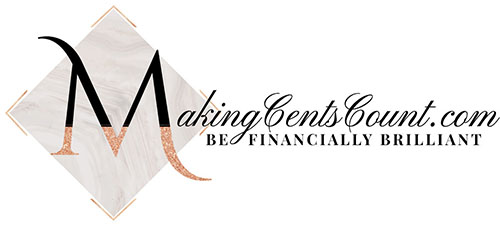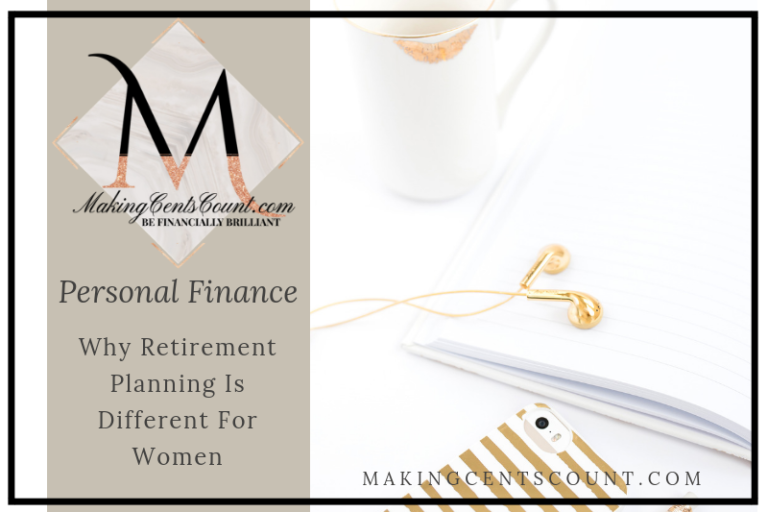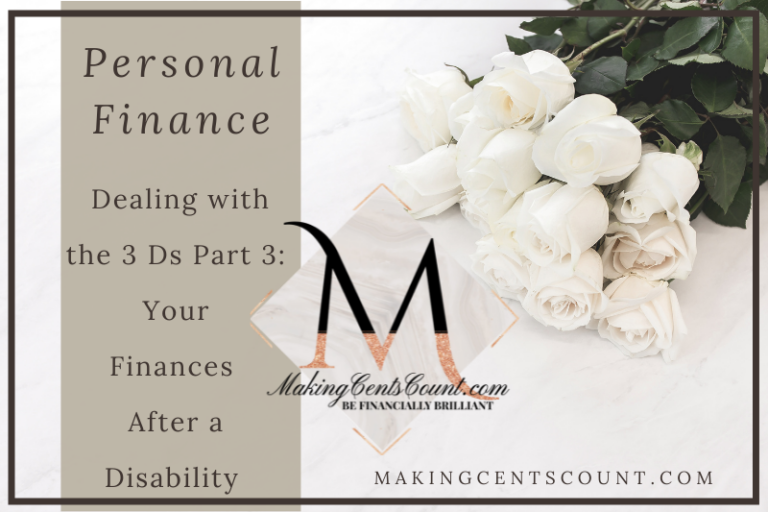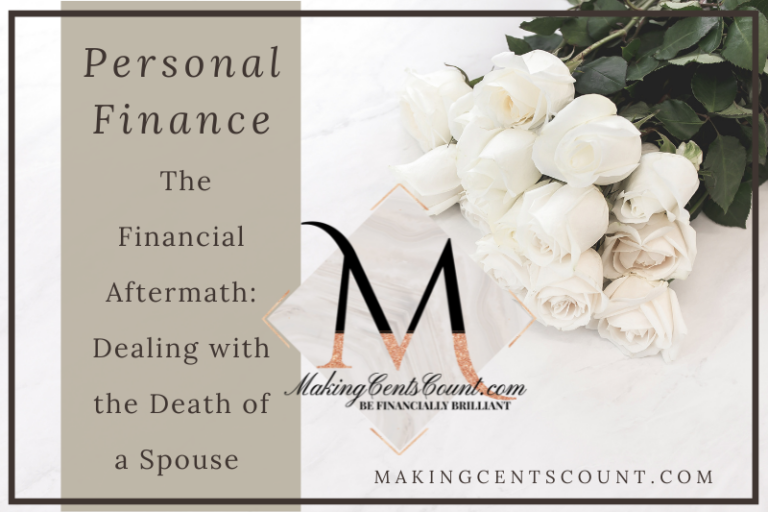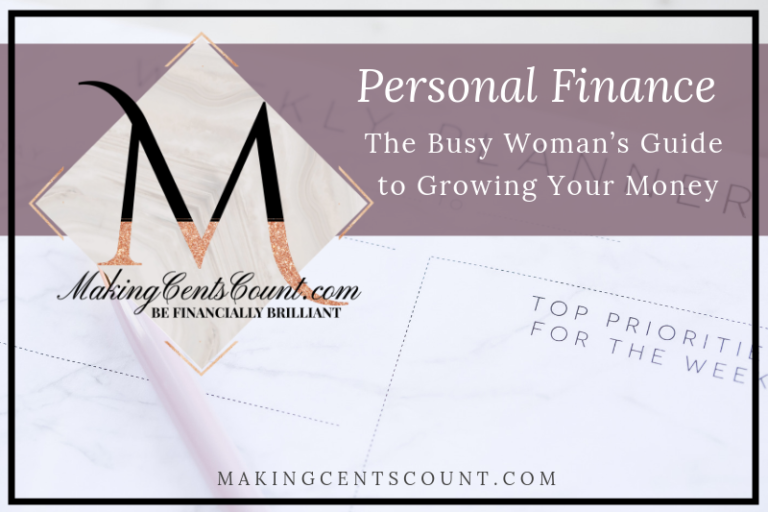Escape the Debt Trap: Unveiling 3 Powerful Strategies to Ditch High-Interest Credit Card Debt
Estimated reading time: 11 minutes
In 2019, the global debt burden hit a staggering $244 trillion, according to Bloomberg. High-interest credit card debt plays a significant role in this financial crisis, with people spending beyond their means and struggling to keep up with interest payments. The “buy now pay later” mindset has taken hold, leaving many feeling trapped and overwhelmed. But fear not, there are ways to break free from this treacherous cycle and regain control of your finances. If you’re one of the millions caught in the high-interest credit card debt trap, keep reading to discover three effective strategies for digging yourself out. Remember, you have the power to control your finances, rather than letting them control you. Let’s turn your situation around.
Table of Contents
Are you ready to start investing, control your finances, and prepare for retirement? Join our amazing community! You’ll receive exclusive financial tips from Making Cents Count, as well as unlimited FREE access to our resource library full of money-saving tools and guides.
Breaking Free: Unraveling the High-Interest Credit Card Debt Trap
Before we delve into the solutions to address your debt, it is important to be aware of various aspects of the credit card debt trap. This will ensure a comprehensive understanding of the topic and enable us to find effective ways to tackle the issue at hand.
Credit ≠ Cash: Debunking the Myth
Many individuals have a misinformed perspective when it comes to their credit cards and spending habits. It is quite common for someone with a $10,000 credit limit to mistakenly assume that they suddenly have an extra $10,000 available, which often leads to reckless spending. What is particularly intriguing is that these same individuals would likely be less inclined to spend the same $10,000 if it were in physical cash sitting in their bank account.
We humans are interesting creatures. Our general mindset is that when we pay for something, we are much more inclined to slap down a credit card versus giving up our actual cash-in-hand. Unfortunately, with factors like high credit card interest, we’re doing more damage than we may realize.
Unleash Your Potential: Discover What You Can Do
A more insightful perspective would be to consider the scenario where you receive a $10,000 loan from a family member or friend. When borrowing from someone you have a close relationship with, you naturally exercise greater caution in your spending habits.
However, it is important to keep in mind that your family member or friend probably won’t charge you high-interest on borrowed money, whereas credit card companies can (and will) charge you over 20%. Credit card interest rates are widely known for being exorbitant, which is why debt tends to escalate rapidly.
Interest: The Silent Destroyer of Wealth
High-interest credit cards are infamous for leading individuals down the treacherous path of debt. Imagine someone offering you a deal: “I’ll give you $10 today, but you have to give me $20 next week.” Sounds tempting, right? Well, probably not.
Unfortunately, this is precisely the situation faced by those burdened with high-interest credit card debt. Consider, for instance, the scenario of a $10,000 credit card balance:
Let’s take a look at a credit card scenario with a 15% interest rate (generally on the lower side). We’ll consider the industry average monthly minimum payment of 2% of your total balance, which equals $200 per month.
Assuming you have reached the maximum balance on this credit card, which is the $10,000 credit limit, and you are making the minimum monthly payment of $200, it will take approximately six years and four months to fully repay the entire $10,000. In other words, you will end up paying an additional $5,791.21 in interest charges over the duration of the loan.
Unlocking the Secrets: How Your Credit Score Impacts Your Interest Rate
Individuals with higher credit scores often qualify for lower interest rates due to their consistent track record of timely debt repayment. Lenders seek out such individuals with a proven credit history to minimize risk. When you apply for credit, the interest rate you are offered is determined by your overall credit score.
It’s important to note that each person has their own credit score, including both spouses in a marriage and co-signers on a loan. The perceived level of riskiness to the lender directly impacts your ability to obtain credit or, if approved, the cost of that credit. In simpler terms, borrowing money may come at a higher price if you are deemed more risky.
Mastering the Art of Dodging Credit Card Interest
To steer clear of high-interest credit card rates, there are several measures you can take. Consider the following strategies:
- Use Your Credit Card Sparingly – Ensure responsible credit card usage by limiting its use to essential needs. If you anticipate difficulty in paying off your credit card debt after a significant purchase, consider saving your cash instead. This approach will enable you to be prepared for the purchase while also saving you money in the long term.
- Shop Around – There are numerous credit card companies in the market, all vying for your business. Take the time to carefully choose the one that suits you best and offers the most competitive interest rate available.
- Pay Your Balance In Full – It is commonly known, yet often overlooked, that a significant number of individuals fail to adhere to this practice. By consistently paying off your entire balance each month, you can effectively evade any interest charges.
As mentioned earlier, the higher your credit card spending, the greater the amount of interest you will incur. This lays the foundation for a negative cycle of debt and despair, which is undoubtedly an undesirable situation to be in.
Escape the High-Interest Credit Card Debt Trap in 3 Simple Steps
If you’re prepared to extricate yourself from the clutches of high-interest credit card debt, it may seem like a daunting task. However, it is entirely feasible and within your reach. The sooner you embark on this journey, the quicker you’ll witness tangible advancements and a notable enhancement in your financial circumstances.
Discover three effective steps to eliminate your high-interest credit card debt and prevent its recurrence.
1. Get Ahead: Crush Your Debt and Pay Off Your Balance
If you find yourself burdened by debt, it is crucial to prioritize paying off your credit card before anything else. As demonstrated in the example above, the longer you delay in clearing your credit card balance, the greater the interest accumulates, making it increasingly challenging to climb out of this financial predicament.
If improving your finances is one of your goals and you’re looking for a starting point, I highly recommend checking out my comprehensive guide on how to budget your monthly finances where you’ll find our Monthly Budget Workbook. This workbook is incredibly comprehensive and will prove to be immensely helpful. It’s a remarkable tool that precisely illustrates the allocation of your finances, even if you’re uncertain about it.
Level up Your Finances with Our All-Inclusive Financial Excel Spreadsheet
If you’re ready to take control of your finances faster, then consider our All-Inclusive Financial Excel spreadsheet. It may be exactly what you need to jump-start your journey to financial success.
From there, you can begin strategizing to allocate funds in your budget and channel them towards debt repayment.
The Debt Avalanche Strategy: Conquer High-Interest Rates First
If your goal is to reduce your overall debt as quickly as possible, then the debt avalanche method is the way to go. With this strategy, you begin by prioritizing the debt with the highest interest rate, while still making minimum payments on your other debts. Once you have paid off the balance with the highest interest rate, you move on to the next balance with the next highest interest rate, and so on. This approach allows you to efficiently tackle your debts and make significant progress towards becoming debt-free.
Pros: Opting for this strategy is often more advantageous as it leads to greater long-term savings. By prioritizing the repayment of debts with the highest interest rates, you ultimately minimize the total interest paid.
Cons: While prioritizing debt with the highest interest rate may seem logical, it often coincides with having the largest balance. This can sometimes lead to feelings of discouragement as progress may appear minimal.
If you happen to receive any additional funds such as tax returns, monetary gifts, inheritances, or performance bonuses at work, consider allocating them towards paying off your debt entirely. Although it may take some time, employing this method will eventually lead to debt cancellation.
2. Unlock Financial Security: Begin Your Savings Journey
Once you have achieved freedom from debt or made significant progress, you are now prepared for the next phase on your journey towards financial security. A crucial aspect of this security involves positioning yourself to no longer depend on credit cards. Ensure you are ready for unforeseen emergencies by building a sufficient emergency fund that can cover unexpected expenses, which would have previously been charged to your credit card.
Once you have an emergency fund in place, it is advisable to initiate a sound savings strategy. Allocate the same monthly amount you once dedicated to debt repayment. Since this money was not previously accessible, you won’t experience a sense of deprivation, making it relatively easy to set it aside.
Use low-risk savings strategies to ensure you’re maximizing your interest and building your savings as quickly as possible. Since there are many savings options to choose from, do your research. Create a snapshot of your monthly budget, which will help guide you as you progress.
When contemplating significant changes in your life, it is crucial to dedicate time to discover the resources that will aid you in formulating a well-crafted game plan for your future.
3. Invest for Success: Harness the Power of Compound Interest
With your savings account now in place, you can start maximizing its potential to truly benefit yourself! Explore the possibilities and make your money work for you.
With your debt now paid off (or at least to a bare minimum), in addition to a savings account that’s much less anemic, it’s time to get your financial future organized. If you need a guide, follow my 6 Simple Steps to Get Financially Organized post. This comes with a complete checklist available in our Resource Library and is a great reference guide to develop over time.
No matter what investments you choose, there are a few valuable tips worth considering:
- Conduct thorough research to enhance your understanding
- Maintain a cash reserve for financial security and peace of mind
- To ensure steady growth of your savings, it is crucial to adopt a consistent approach
- Compound interest: your newfound ally and best friend
Turning the Tide: Ditching Credit Cards for Financial Freedom
Make a commitment to relinquish credit cards, prioritize saving, and embark on the journey of investing your money. By doing so, you will begin to turn the tide of your financial situation.
Credit card debt is a prevalent problem that impacts millions of Americans annually. Numerous consumers find themselves perplexed by the true essence of credit cards and the gradual accumulation of high-interest debt. However, you need not be among them.
To steer clear of the pitfalls of high-interest credit cards, follow these smart strategies:
- It is important to note that having credit does not equate to having cash on hand
- Exercise caution with interest, as it can lead to debt
- Address your debt head-on. Prioritize paying it off, while simultaneously building your savings and exploring investment opportunities
If you implement these strategies, you’ll be able to stop credit card debt in its tracks and make your escape from the high-interest credit card debt trap!
Mastering Your Money: Take Charge of Your Finances
If working on your finances is one of your goals right (or, maybe it’s been a goal for some time), I suggest starting with the Making Cents Count Financial Organizer.
Our financial organizer is the robust answer you need. The organizer is our DIY financial services option, providing you with the tools to eliminate financial overwhelm.
In the exclusive Making Cents Count Financial Organizer, you’ll get:
- Clear strategies to get your finances under control
- Processes to organize and streamline your investments
- Guidance to track your legal documents, tax information, and permanent records
- Markers to know when you should meet with an attorney to establish a will or trust
- Templates, checklists, and step-by-step actions
- Insights on the financial-must haves to build a secure future
- Detailed How-To Guide for optimal results
If you want financial confidence, grab the Financial Organizer, and get results that fit *your* lifestyle!
Making Cents Count Financial Organizer
Once you get your budget rolling, check out my post on 6 Simple Steps to Get Financially Organized. This post also includes a helpful checklist available in my Resource Library (free to access).
Admittedly, this particular checklist has a larger-scale focus on your overall financial picture, but I genuinely feel that getting your finances organized is essential.
I’m so excited to invite you to join our Financial Success Society Waitlist! Our enrollment opens soon (so don’t miss a chance to get on the notification list). Your journey to financial success is unique and with this exclusive membership, you’ll receive the guidance you desire, enabling you to move financially forward, no matter where you are in your financial journey. At Making Cents Count, we offer an array of outstanding products and services to help you get control of your finances so they won’t control you!
